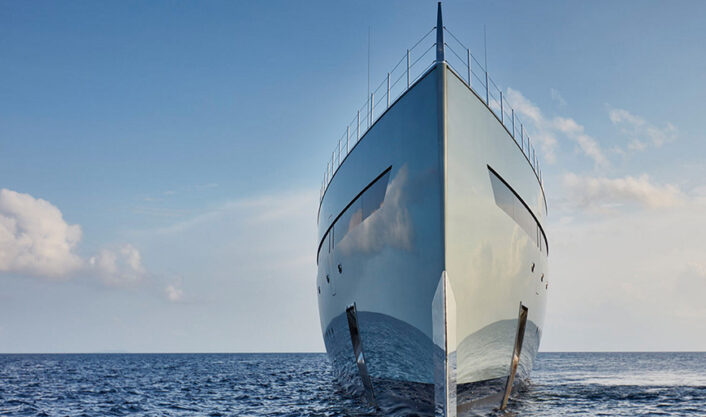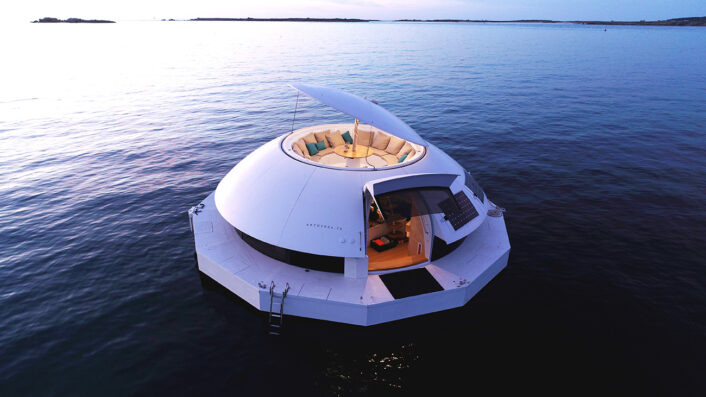Architecture
3D-printed super-yacht
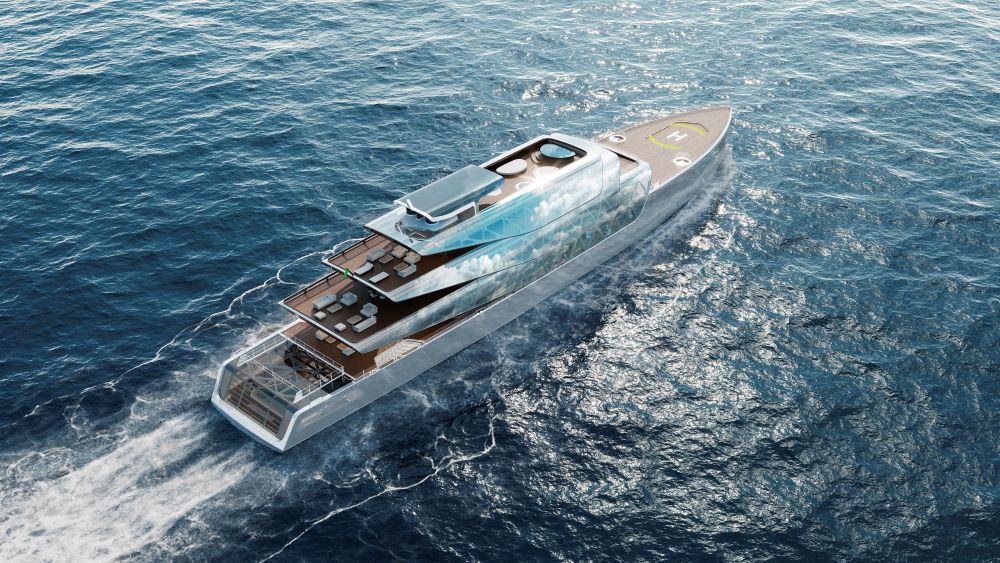
The yacht will measure 288 feet.
Image courtesy of: Elite Traveler, rendering courtesy of: Jozeph Forakis
Super-yachts are only going to become more popular, and the Italian designer, Jozeph Forakis is hoping that his new concept will lead the pack. Recently, Forakis premiered a design for PEGASUS… a solar-electric and hydrogen hybrid vessel which will be the world’s first 3D-printed super-yacht.
The futuristic design will produce zero emissions and it will be able to function with an infinite range. Most impressive, PEGASUS will enable those aboard to be as close to nature as possible.
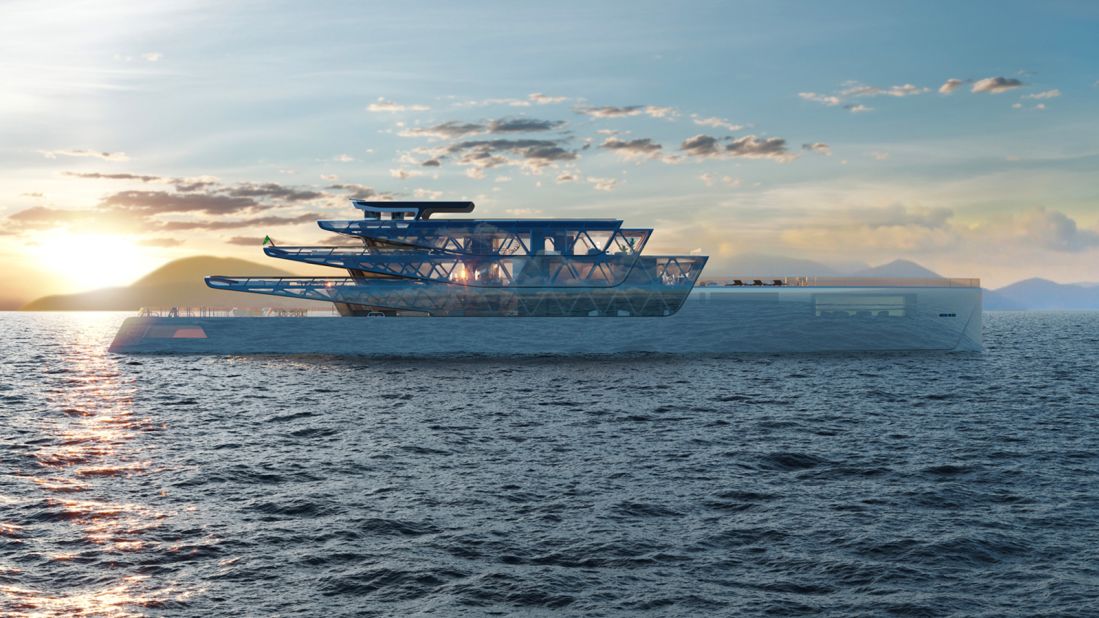
About the virtually invisible vessel, Forakis said, “I was inspired to create a yacht as close to the sea and nature as possible, made of clouds floating above the waterline. I wanted to honor nature by blending into it, becoming virtually invisible.”
Image courtesy of: CNN, rendering courtesy of: Jozeph Forakis
Inspiration came to Forakis in the form of drawings from Blur Building, an open-air pavilion created by the New York-based firm Diller Scofidio for the 2002 Swiss Expo. Courtesy of Surface Magazine, “That project, which hovered over Lake Neuchatelin in the quaint Swiss town of Yverdon-les-Bains, shot pumped lake water as a fine mist through 35,000 high-pressure nozzles.”
Perhaps the most impressive feature is that PEGASUS will be essentially invisible, thanks to a silver-metallic finish that will mirror the ocean’s colors and motions. In addition, the “Solar Wings” will be designed to replicate the look of the clouds in the sky above in order to blur the line between the ocean and the sky.
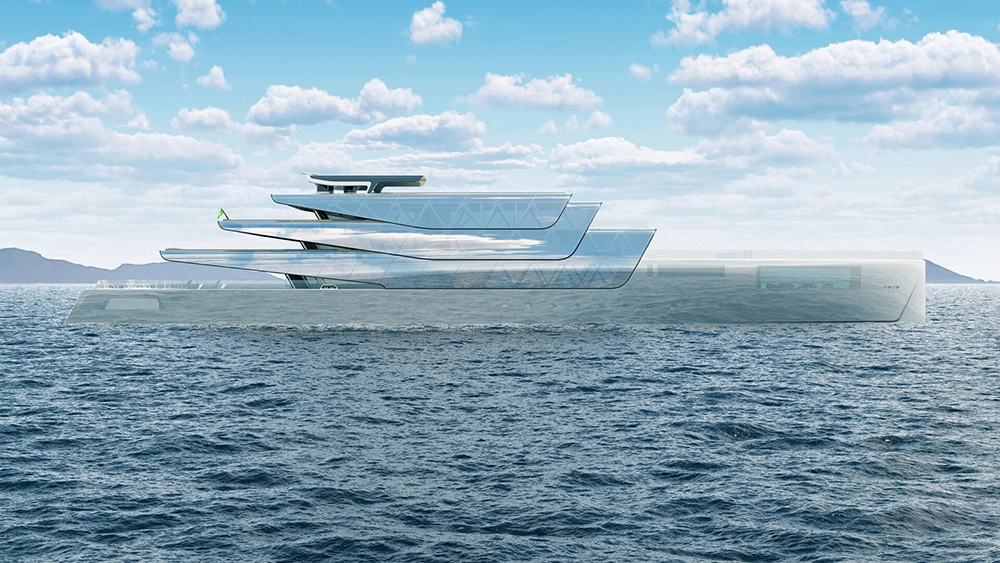
In the right angle, PEGASUS is virtually camouflaged against the sea.
Image courtesy of: Robb Report, rendering courtesy of: Jozeph Forakis
The New York native, now based in Milan, has just unveiled a new concept that is invisible both in design and environmental impact. The 289-footer, known as Pegasus, features a low, linear hull, a plumb bow, and a trippy metallic finish that camouflages it against the surrounding environment.
With a futuristic design, PEGASUS was imagined to be as close to the sea and nature as possible. It is composed of a symphony of selected advanced technologies that work together to achieve unprecedented levels of sustainability, range, and structural integrity. The 288 foot super-yacht’s construction uses robotic 3D-printing to create a mesh framework integrating both hull and superstructure. The result is an extraordinarily strong yet lightweight form that can be produced using less energy, material, waste, space, and time compared to conventional construction.
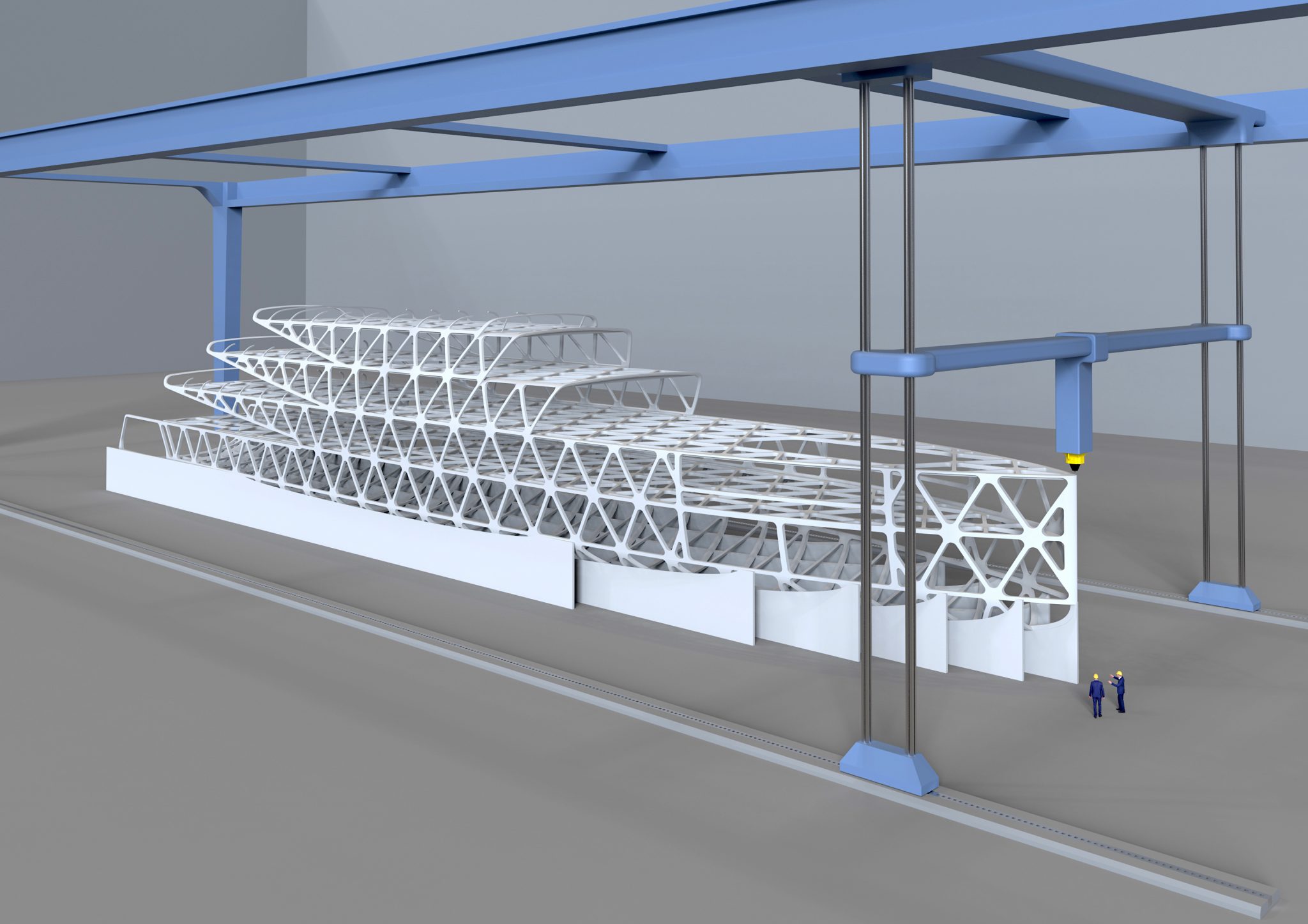
A rendering of the super-yacht’s 3D-printed mesh framework.
Image courtesy of: Art News, rendering courtesy of: Jozeph Forakis
As for the construction, the exterior hull and superstructure is clad in a 3D-printed lightweight mesh framework in order to minimize the environmental impact as compared to traditional shipbuilding methods. In addition, the “Solar Wings” encase the exterior’s reflecting glass… this glass is angled toward the sky so that saltwater can be converted into hydrogen and electricity.
PEGAGUS’ structure is extremely lightweight yet strong; the inherent juxtaposition is that it uses a lot less energy, space, waste, and material than conventional construction. The green energy produced is able to be turned into energy to power the motors and onboard amenities.
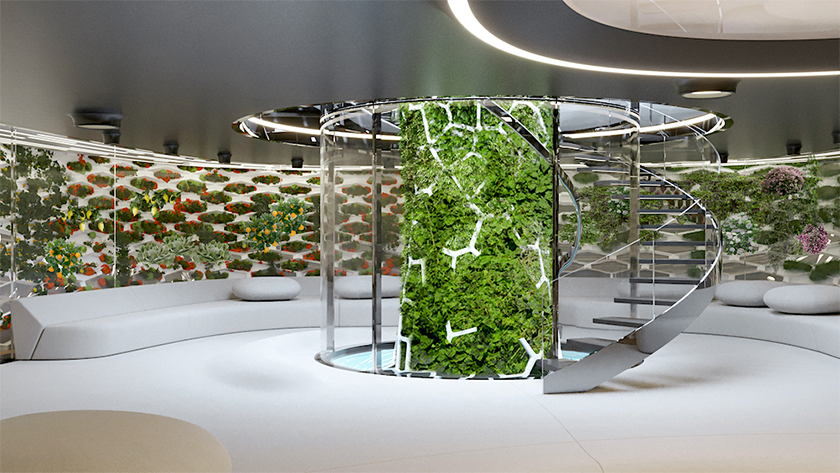
PEGASUS’ interior…
Image courtesy of: Travel + Leisure, rendering courtesy of: Jozeph Forakis
Inside, PEGASUS is a luxury vessel to the nth degree… amenities will include an aquarium-style lap pool, large floor-to-ceiling windows that transform into open-air balconies, and an oversized jacuzzi. There will also be a meditative zen garden and a beautiful reflective pool. The top floor will have a forward-facing master suite that will feature a large private terrace for the owner.
One of the most impressive aspects will be a centerpiece which is a multi-level “Tree of Life,” this feature extends vertically throughout all four decks. This living feature is essentially a hydroponic garden that will be capable of providing air purification and fresh food just by existing. With all these ideas, the technology is still not available to execute Forakis’ vision… but, the designer plans on delivering a prototype by 2030.
